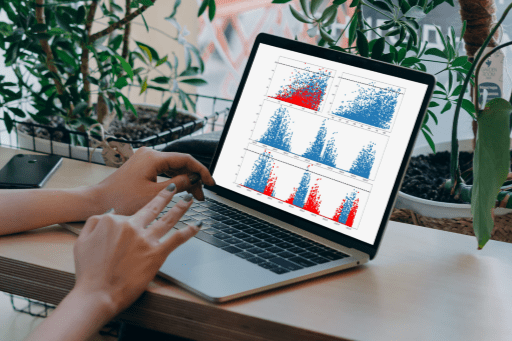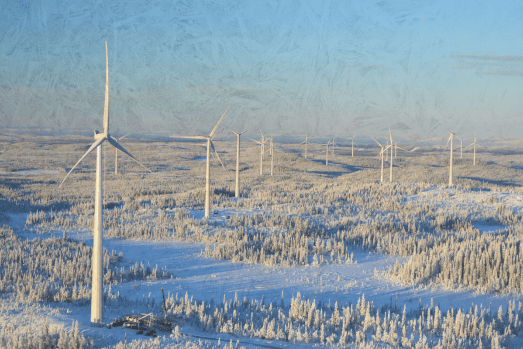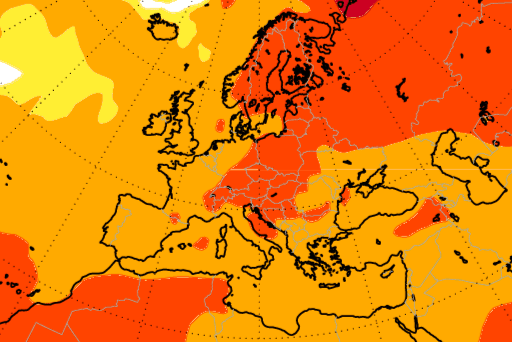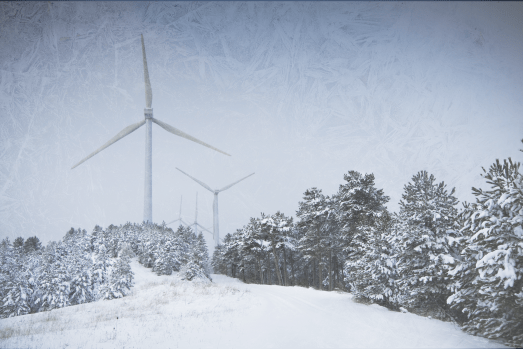Can We Predict When Power Forecasts Fail?
In Europe, we are witnessing an encouraging trend: a year-on-year increase in the installation of renewable energy sources. Particularly noteworthy is solar energy, which has been surprising the energy market with high outputs right from the early days of spring. The surge in solar power typically drives prices down during […]










